Community Services: HOTS and IT based-Integrated Science Learning
Badung, 10 December 2018
International program on science education collaborating with Science Education Department of School of Postgraduate Program held the Community Service to Science Teachers in Badung, Bali. Eight lecturers participated in this event.
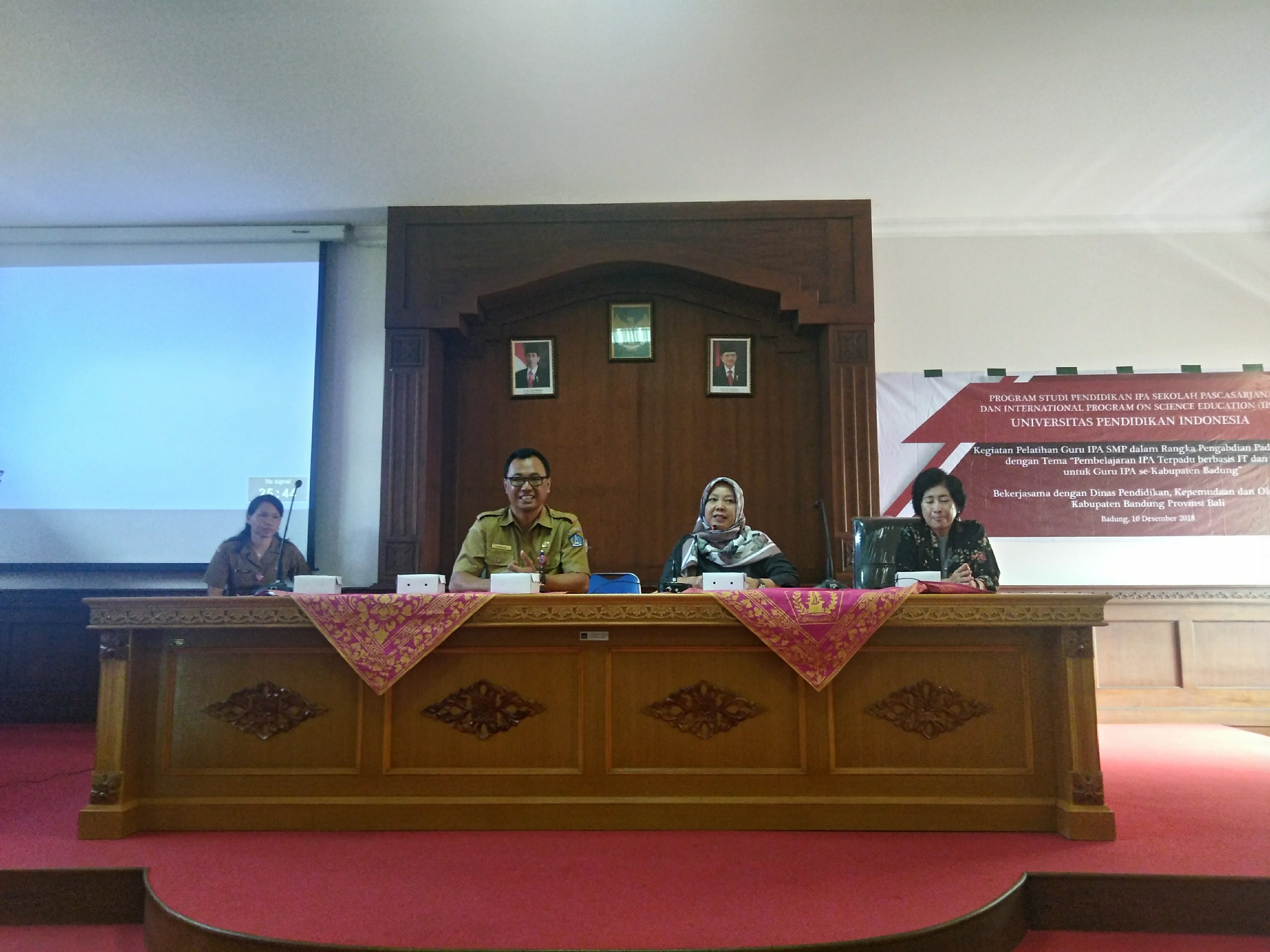
The meeting was opened by giving speech from Dr. Diana Rochintaniawati, M.Ed. She followed introducing all staffs to the participants. Mr. Suardana oficially opened the event. He also introduced the sociogeographical area of Badung City, Bali island. After giving the presents, they gave applause to all.

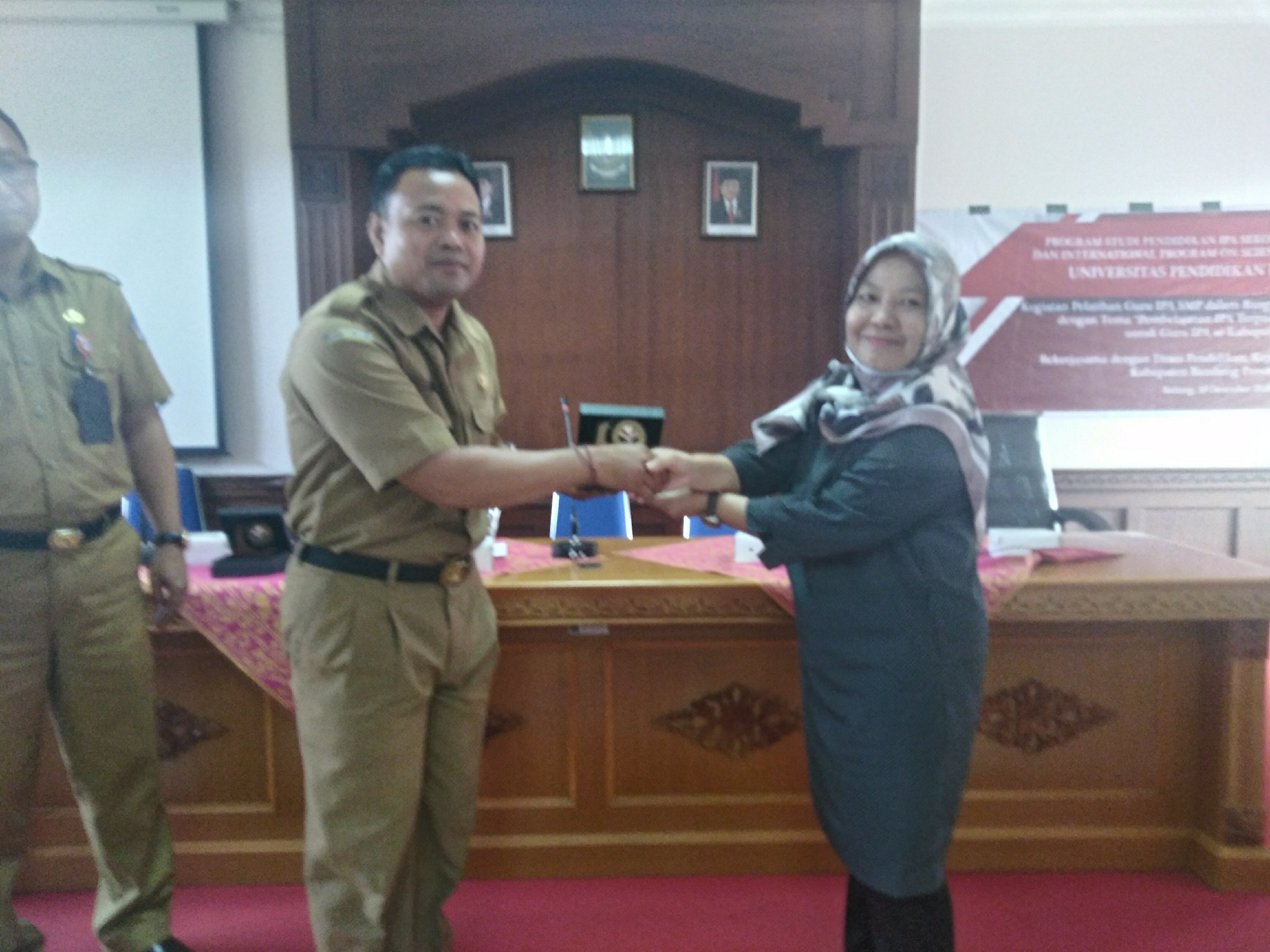
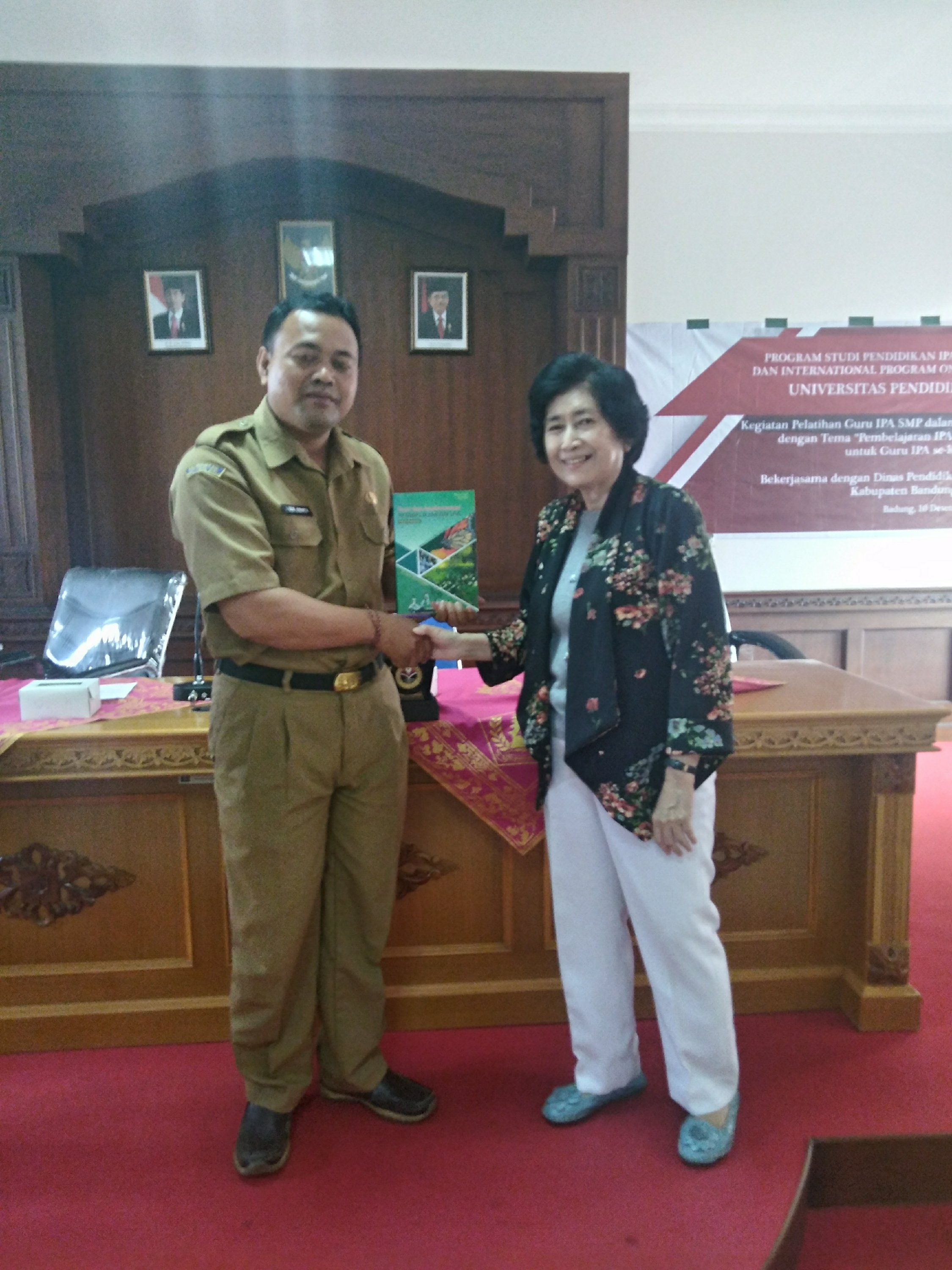
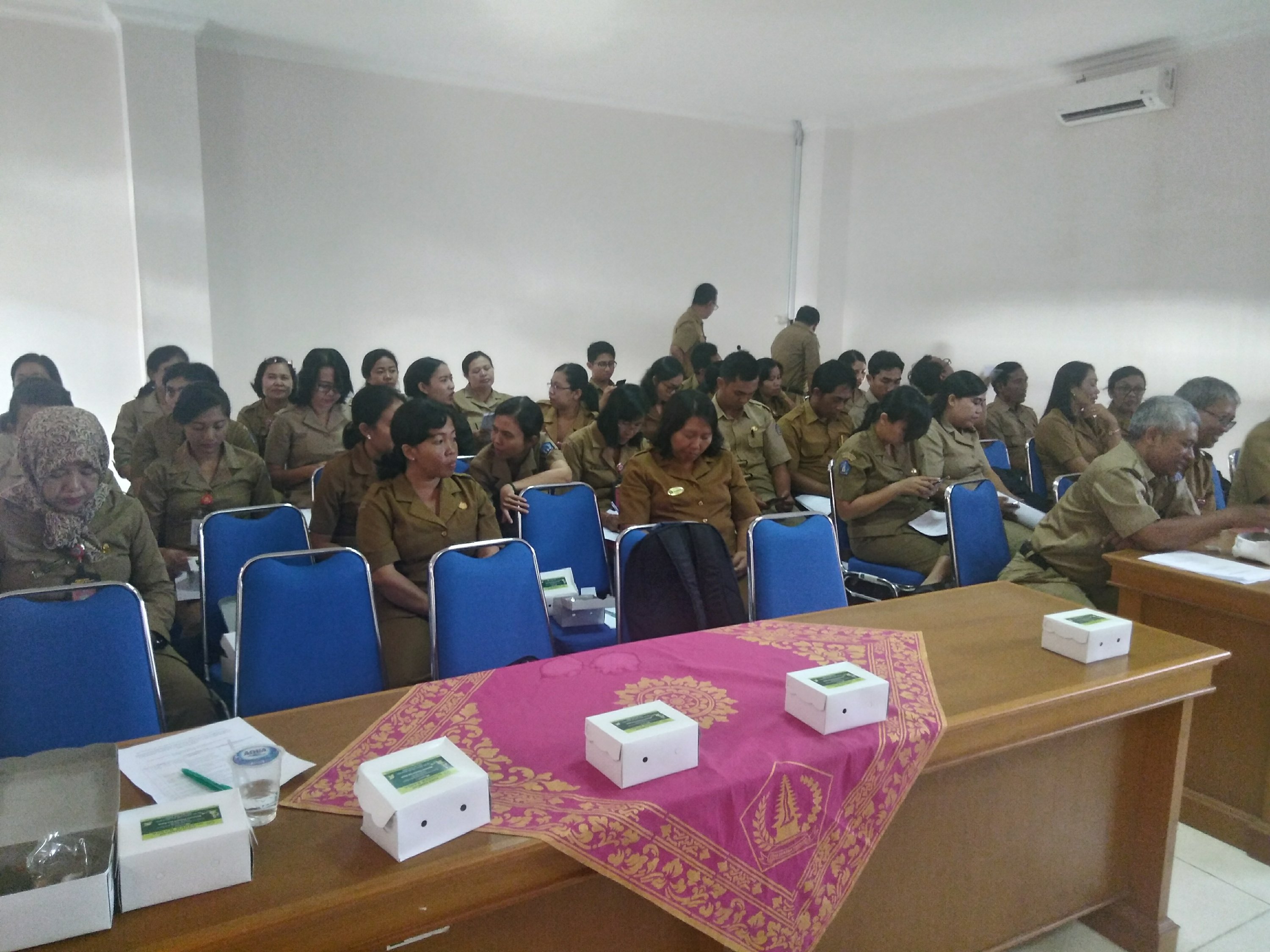
Prof. Liliasari started the speech about Higher Order Thinking Skills (HOTS) for Science Learning. HOTS consists of 4 aspects including Problem Solving, Making Decision, Critical Thinking, and Creative Thinking. Students should follow the latest advancement of 4.0 Industrial Era, such as their abilities of understanding Big Data, Computer Cybers, Artificial Intelegences, and ICT based Learning.
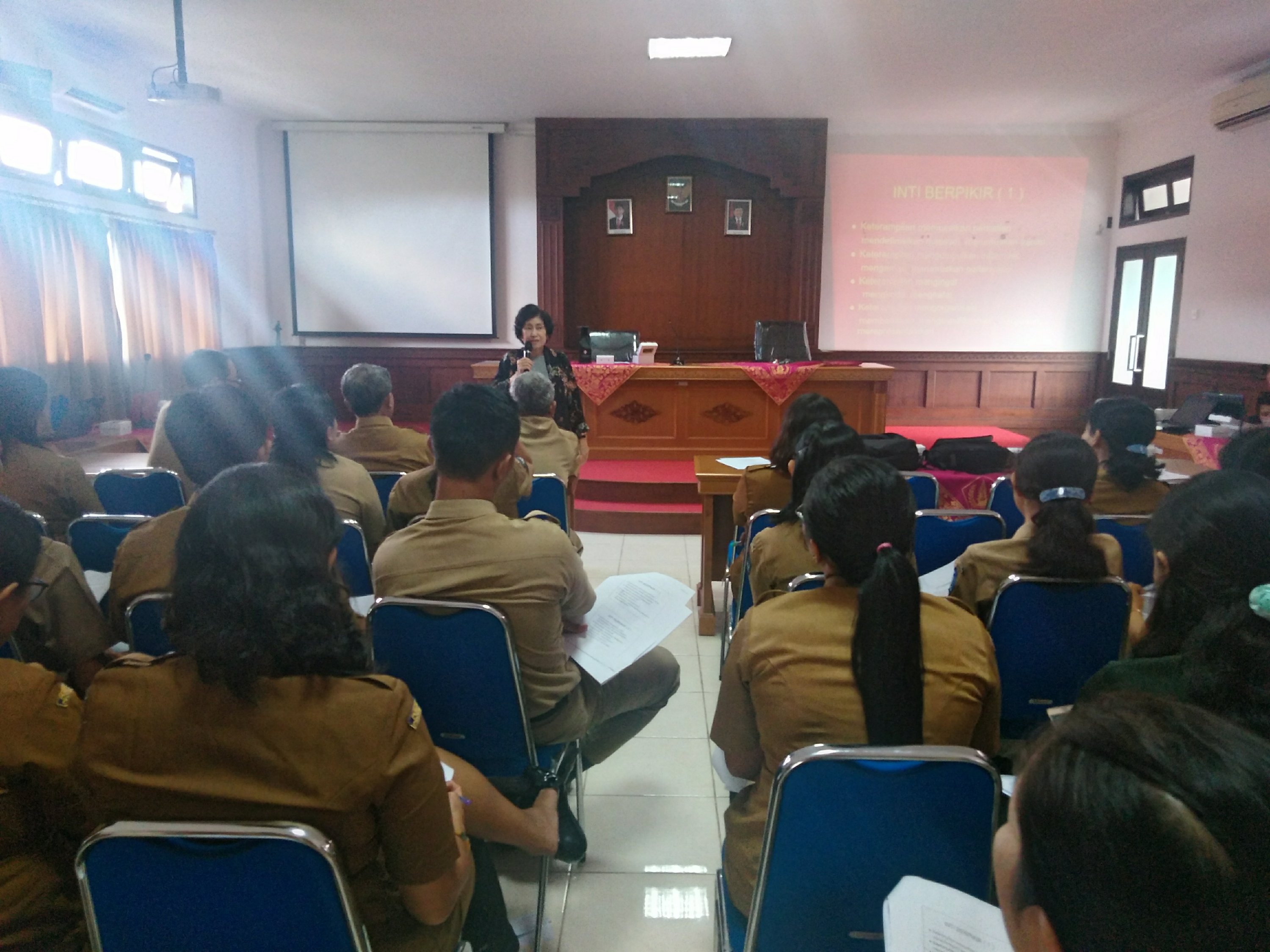
Mr. Kadek Dwi Hendratma Gunawan conducted the lesson on how to design webbed, immersed, and networked science lessons. The strengths and weaknesses of theses models were analyzed. He picked an example of implementing the webbed science lesson. Theme of beach invironment was chosen to be delivered to the students.
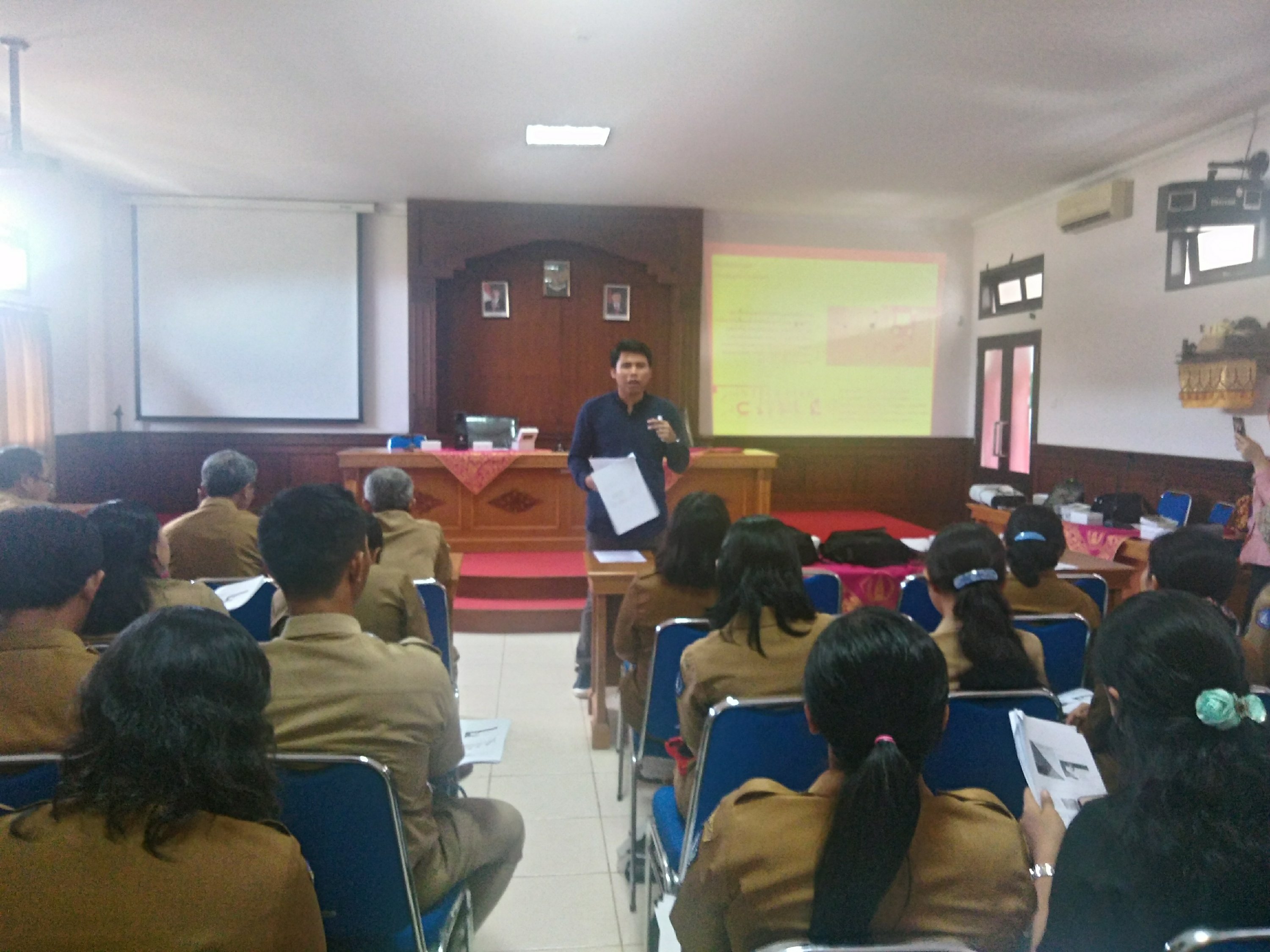
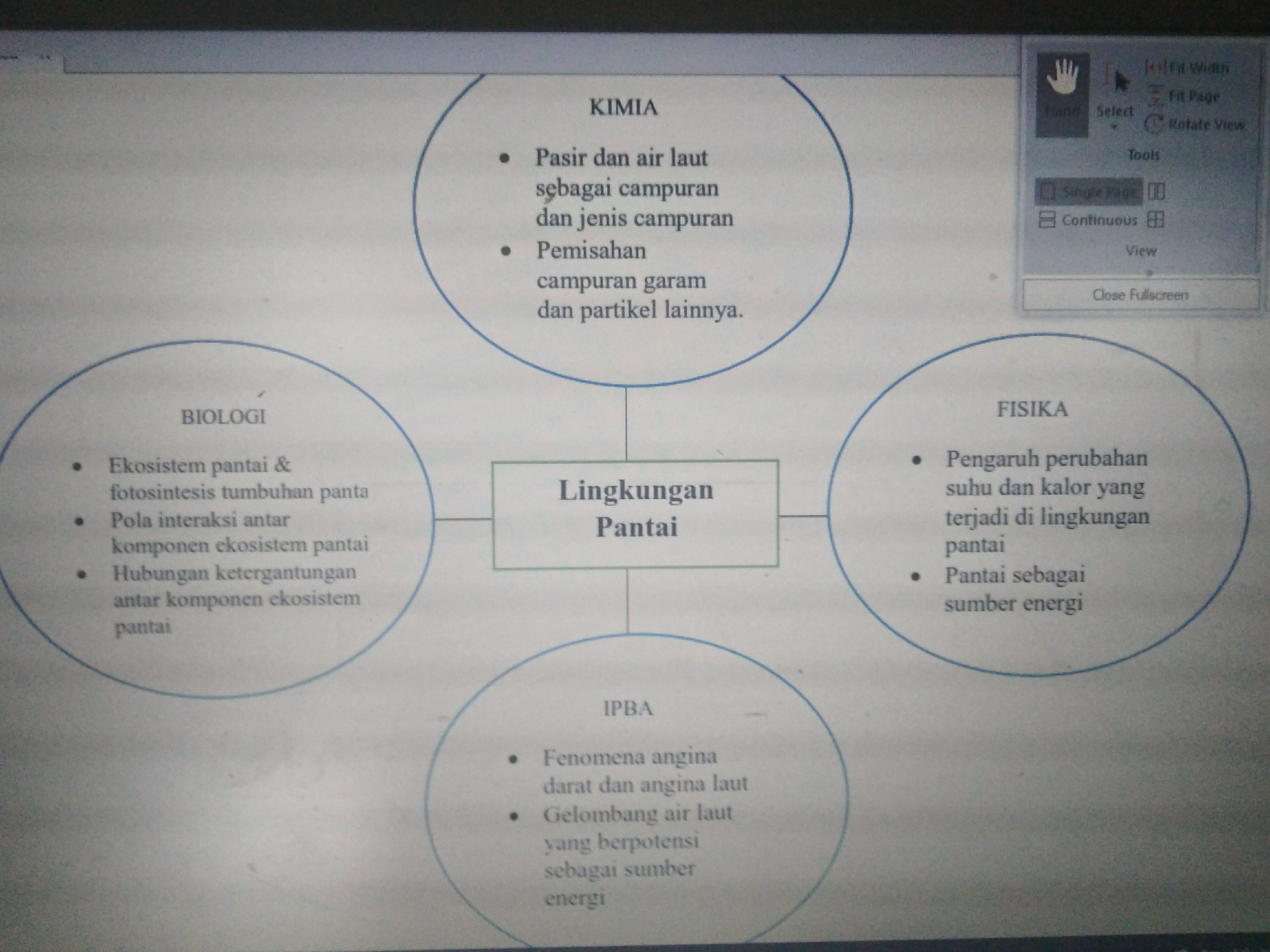
Prof. Liliasari highlighted the importance of multiple representation to be understood by teachers. Many data which can be reported into tables, graphs, or formulas might cause misconceptions to students. Teachers must select the best approach to confirm that students get the easiest way to study the concepts and phenomena. Representations were leveled to be macroscopic, symbolic, and submicroscopic. The materials should be studied orderely from macroscopic, submicroscopic, and simbolic at the end, so that the scientific investigation will be accomplished properly.
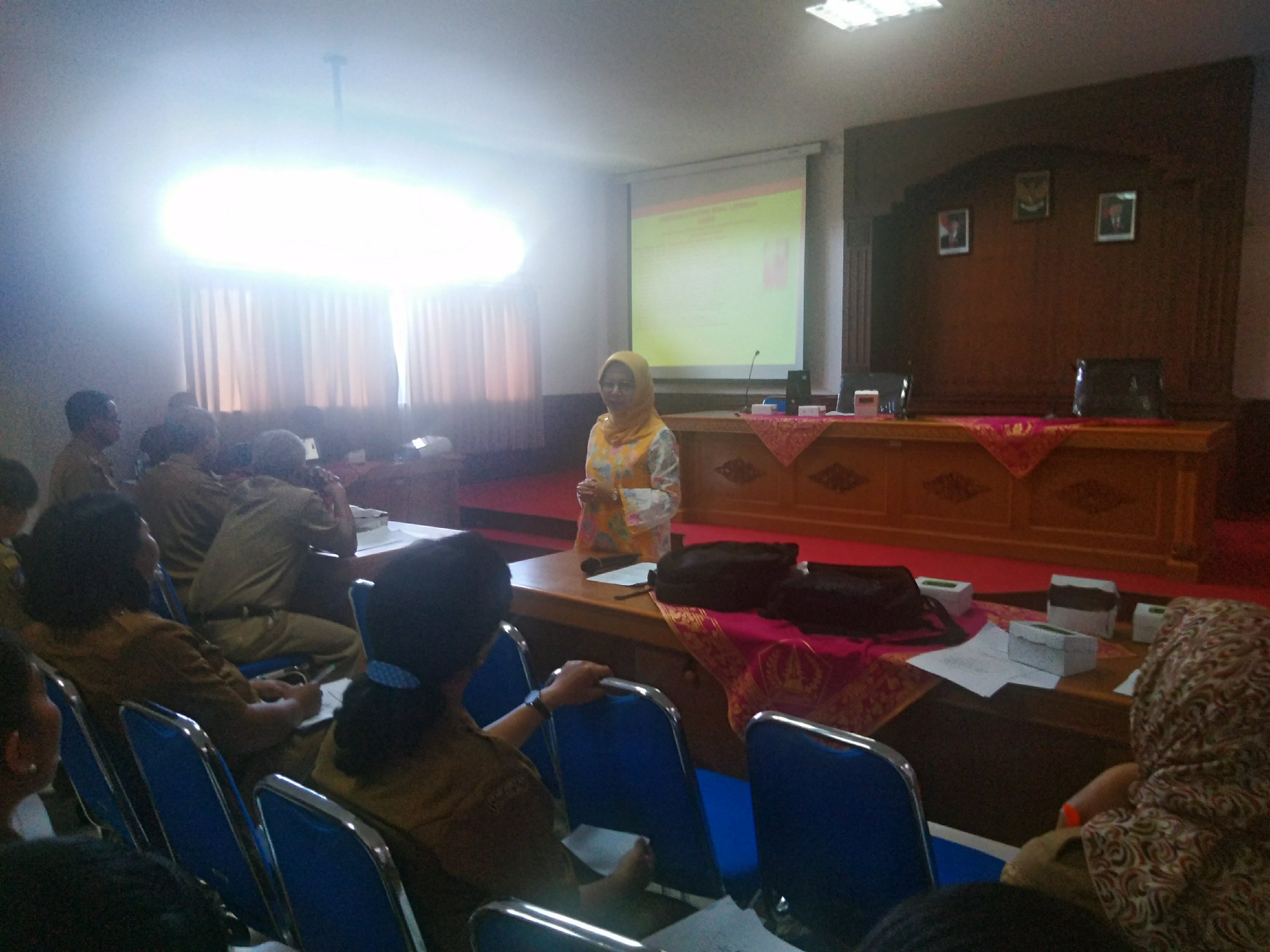
Dr. Siti Sriyati discussed about how to evaluate the lesson applying Higher Order Thinking Skills. A sheep “Dolly” was engaged as an example of how PISA checked student’s scientific literacy. Student’s critical and creative thinkings are important to be exercised. By giving a contextual phenomenon, students must be able to investigate, analyze, dan make a decision based on the scientific data. Recently, the HOTS questions were mainly adopted from PISA. Therefore, a teacher should apply HOTS for preparing students answering the National Exam containing HOTS. Refering to the revised Bloom’s taxonomy, the HOTS question was appropriate to be implemented to C4 (analysis), C5 (evaluating), C6 (creating).
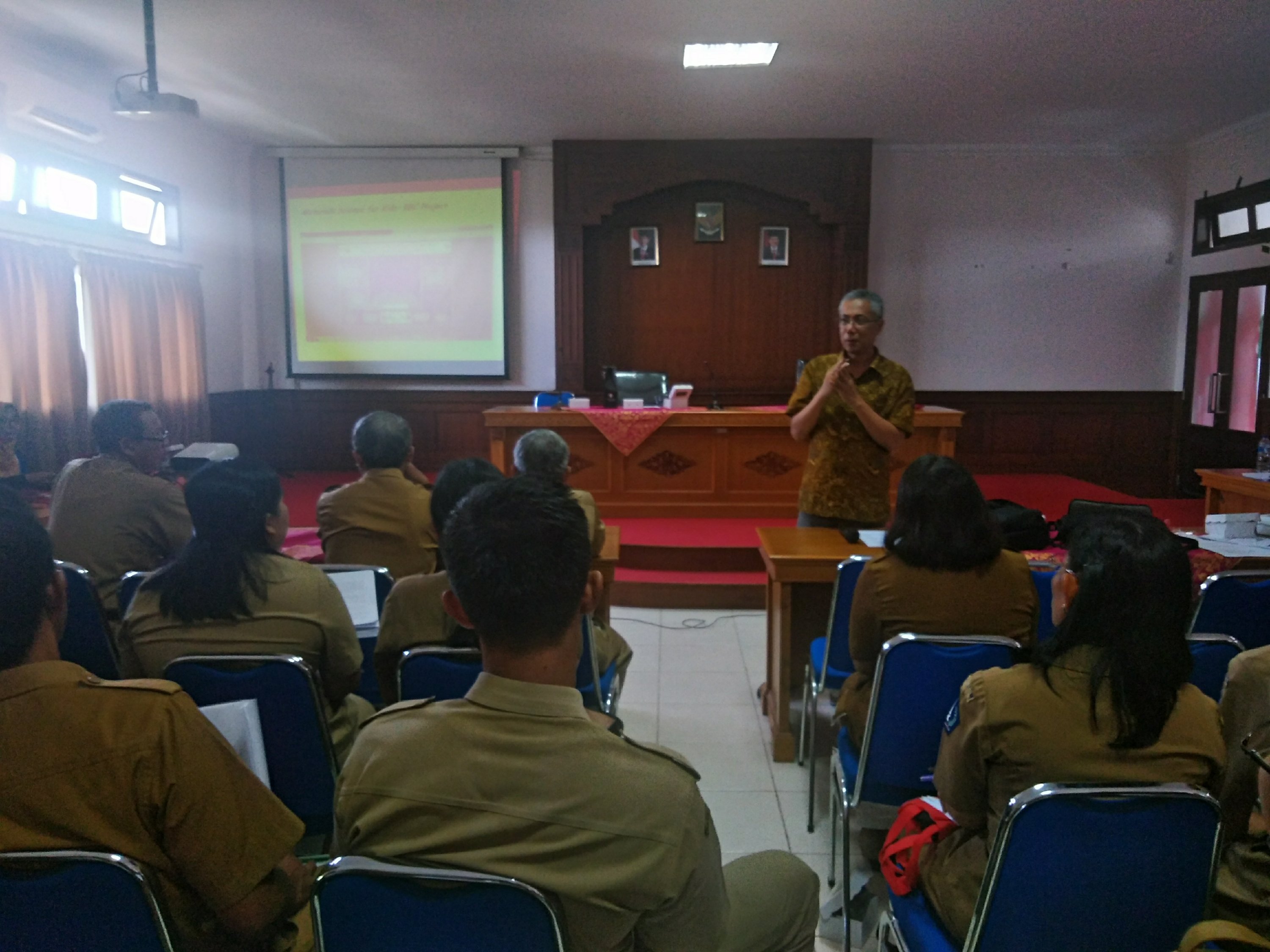
Dr. Ahmad Mudzakir confirmed the necessity of understanding Materials Science to Junior High School students. In Indonesia Curriculum, point 3.8 and 4.9 K9, students are asked to characterize the materials for many purposes. The materials science discuses about the material function, the physical and chemical properties, the materials processing, and the chemical structures. The improvement of technology requires engineering the materials to fulfill the human needs. For example, during constructing an aircraft, an engineer must consider all chemical and physical aspects required by aircraft to fly safely. He demostrated how the chemical reaction happens during diluting the salt into fresh water. Nowadays, the atomic particles as well as molecules can be seen using the latest instrument called as a Scanning Tunneling Microscope. The nickle atoms can be seen confirming the Dalton’s Theory of atomic shape. In the End of his lecturing, the participants concluded that atom was the smallest part of object which still remains the physical and chemical properties of its object.
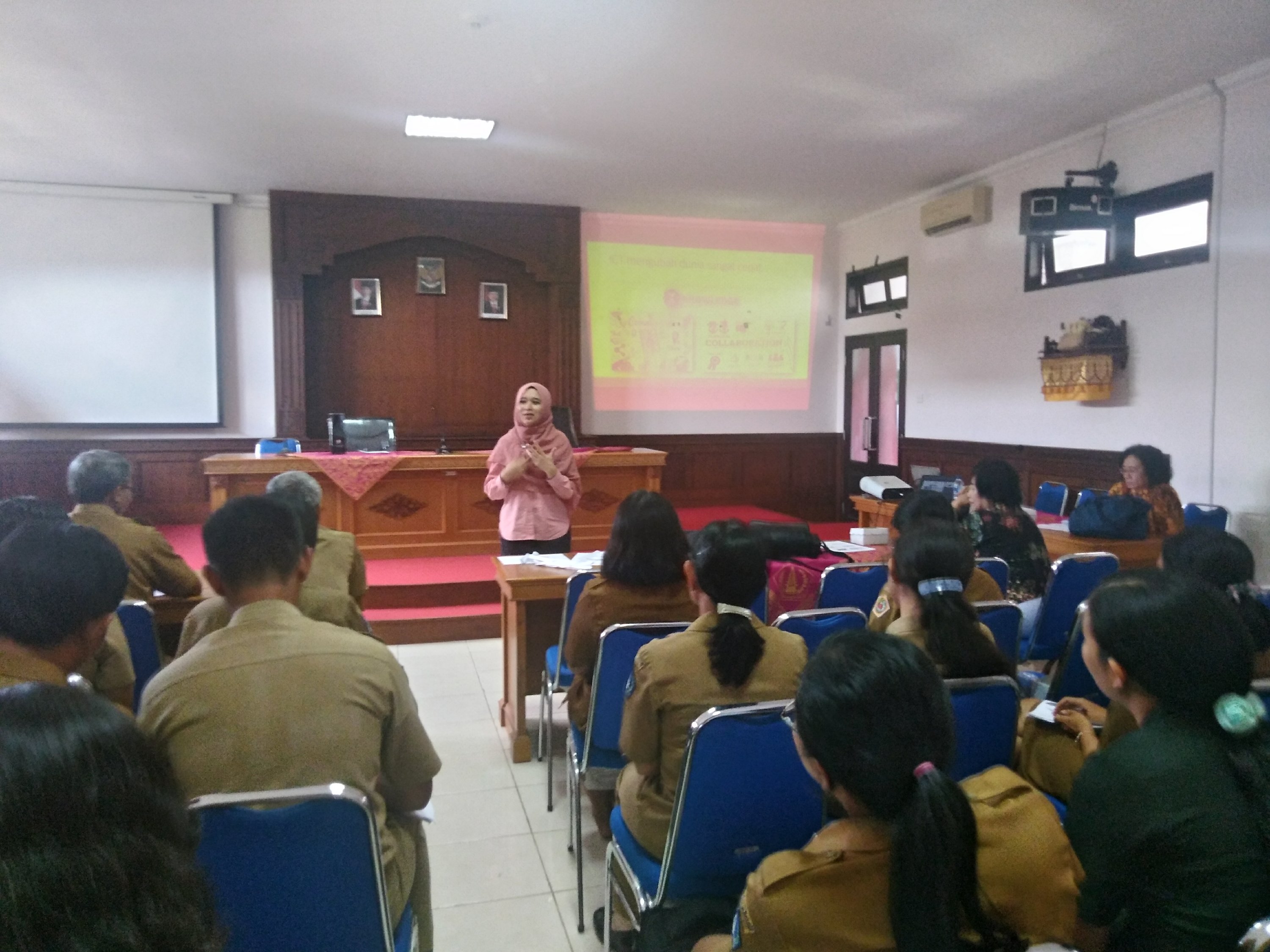
Mrs. Rika Rafikah Agustin gave the speech about the Importance of using ICT to science learning. She asked the participants to write their ICT used to science lesson in the class. Almost all participats have implemented a powerpoint as a media to teach science. Moreover, some aplications such as flash, youtube, and video have been used as the supplementary materials. She then introduced the use of HTML to support science learning. Regardless the impact of recent technology development, ICT cannot fully repleace the role of lecturing in order to highlight the concept to be achieved by students. Some considerations are required by a teacher to decide appropriate ways of using ICT. A teacher must filter the technology to be implemented. There is fake information to be filtered by students so that they will learn the correct information.
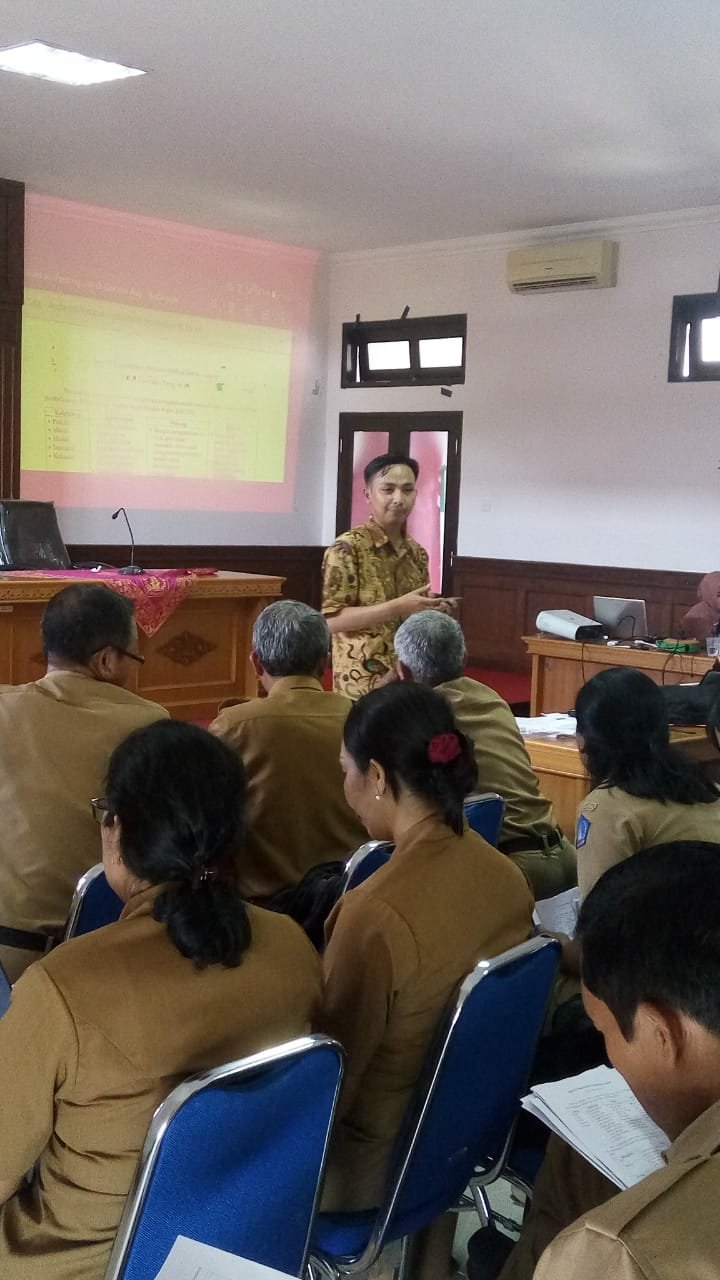
Dr. Eka Cahya Prima trained how to optimize the use of mobile application for science learning. The participants look anthusiasm in this event. They were attempting to use mobile apps. Some important programs such as PhET, Stellarium, and many mobile Sensors were installed in their phone. The files were copied to the drive. They hope the programs to be run in their class.
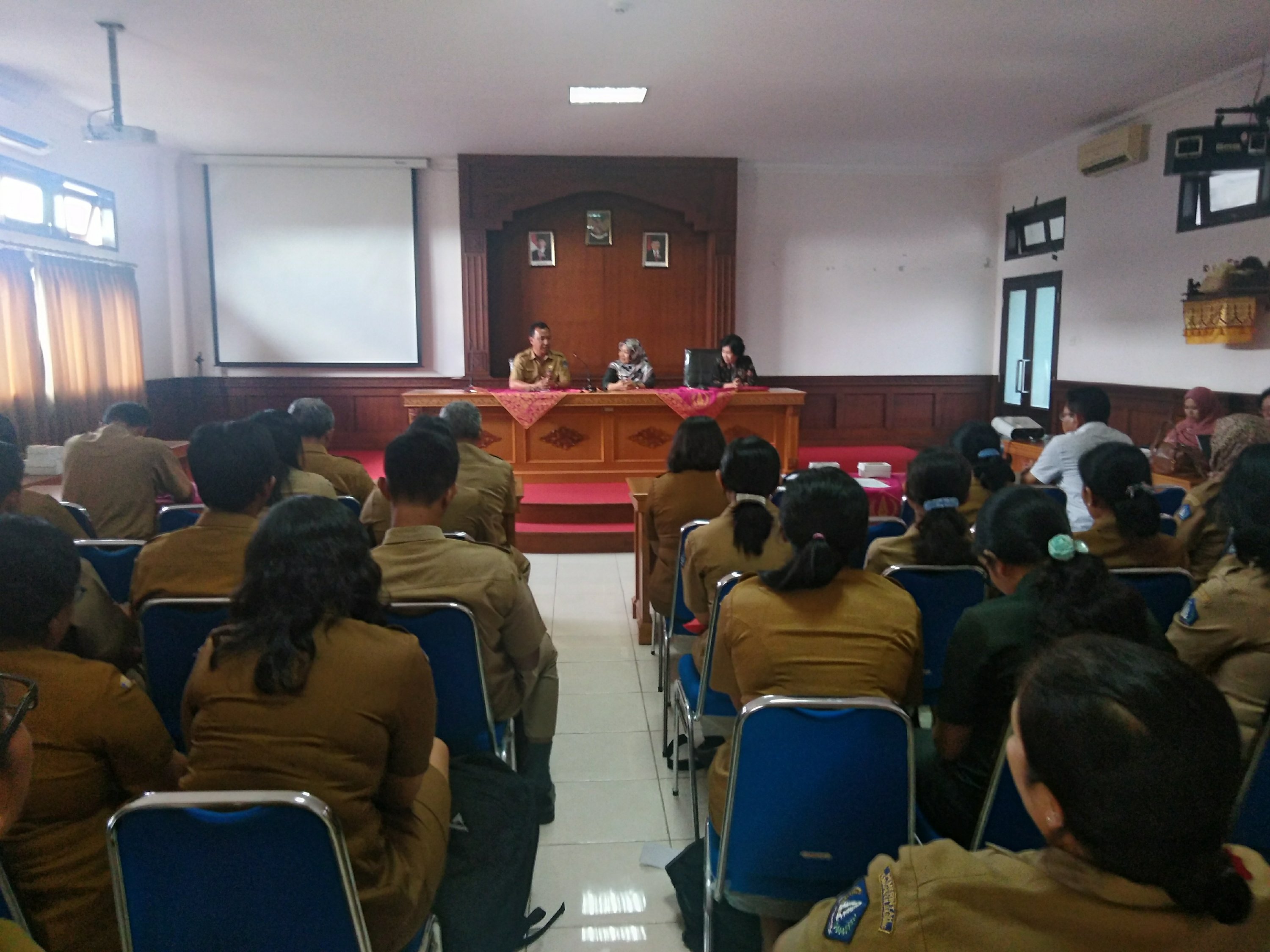
The participants have received the attending certificate. Finally, Mr. Suardana closed the meeting and He said thank for the meeting accompanied with us.

